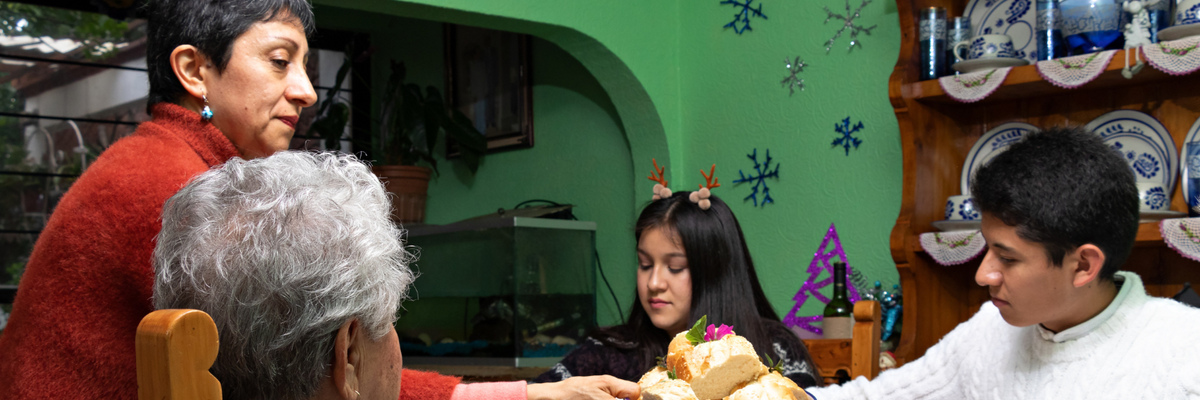
Superfoods: the buzzword that promises amazing health benefits. While they may not have actual superpowers, superfoods are definitely packed with nutritional value. Now, a lot of people think these foods are expensive and they’re really not. You don’t need to spend a fortune to make sure your diet is supercharged and can provide all the energy you need. Here are 10 budget-friendly superfoods you should be adding to your diet:
Pulses
 Photo by Deryn Macey on Unsplash
Photo by Deryn Macey on UnsplashLet’s start with pulses – think dry peas, beans, lentils, and chickpeas. These guys are plant-based protein champions and come loaded with key nutrients like potassium, magnesium, and zinc. Plus, they’re all inexpensive. Chickpeas, for instance, are versatile and can be tossed into salads, blended into hummus, or even roasted for a crunchy snack. Consider canned chickpeas, which are super cheap and ready for you to enjoy.
Mushrooms
 Photo by Sébastien Marchand on Unsplash
Photo by Sébastien Marchand on UnsplashMushrooms are the ultimate budget-friendly superfood. They offer a meaty texture and umami flavor, making them a great substitute for more expensive meats. You can chop them up and mix them with ground beef for a nutritious boost to burgers, meatloaf, or sauces. Nutritionally, mushrooms are packed with selenium, niacin, and when exposed to UV light, vitamin D. They also contain ergothioneine, an antioxidant that might help protect against cognitive decline.
Eggs
 Photo by Alex Lvrs on Unsplash
Photo by Alex Lvrs on UnsplashYou already know eggs are a staple, but did you know they’re superfoods? They’re packed with protein, providing at least 6 grams per serving, and the benefits don’t stop there. Eggs, especially the yolks, are rich in nutrients like choline, iodine, and lutein, which support brain and eye health. And contrary to old beliefs, eggs aren’t a heart health risk. A dozen eggs can get you a long way and they’re an inexpensive addition to your overall diet. Ask any nutritionist and health expert!
Pork
 Photo by Sergey Kotenev on Unsplash
Photo by Sergey Kotenev on UnsplashLean pork is packed with essential nutrients like choline, iron, and potassium, and it’s not expensive. Ground pork, for example, can be found for as little as $4 per pound and is perfect for adding to stir-fries, tacos, or meatballs. Including lean pork in your diet can also help you consume more vegetables, beans, and whole grains – a win for your overall health!
Watercress
 Photo by Nebular on Unsplash
Photo by Nebular on UnsplashWatercress might just be the world’s healthiest vegetable. It scored a perfect 100% on the CDC’s scale of powerhouse fruits and vegetables. Watercress is packed with Phenethyl isothiocyanate (PEITC), a compound that has been shown to prevent the development of certain cancers. It’s also high in vitamin K, which is great for bone health and blood clotting. A bunch of watercress can cost as little as $1.92; a small price to pay for such a nutritional punch!
Prunes
 Photo by Nadeykina Evgeniya on Unsplash
Photo by Nadeykina Evgeniya on UnsplashYou shouldn’t be sleeping on prunes! They’re an inexpensive superfood and they’re great for bone health. Prunes also support digestive health due to their high fiber content and they’re nice and sweet. They can make great snacks and there are plenty of delicious recipes you can make with them.
Pasta
 Photo by Eaters Collective on Unsplash
Photo by Eaters Collective on UnsplashPasta might seem like an ordinary carb, but it’s actually a nutrient-rich food. It digests slowly, leading to a lower blood glucose response compared to other refined carbs like white bread. Plus, pasta provides 8 grams of protein per cup! It’s incredibly versatile and can be paired with a variety of veggies, proteins, and sauces. Best of all, pasta is very affordable, so it’s a no-brainer.
Carrots
 Photo by Jonathan Pielmayer on Unsplash
Photo by Jonathan Pielmayer on UnsplashCarrots are not only crunchy and delicious, but they’re also incredibly good for you. They’re loaded with beta-carotene, which is great for eye health, and other nutrients that support heart and brain health. Carrots can be enjoyed raw, roasted, or added to soups and stews. They’re a cost-effective way to add a burst of color and nutrition to your meals!
Sorghum
 Photo by Luis Rodriguez on Unsplash
Photo by Luis Rodriguez on UnsplashIf you’re looking for a gluten-free grain that’s packed with nutrients, sorghum could become your go-to. It’s one of the top five cereal crops in the world and is rich in protein, fiber, vitamin B6, and iron. Sorghum also contains bioactive phenolic compounds with antioxidant, anti-inflammatory, and anti-diabetic properties. Use it in salads, cooked dishes, or snacks for a nutty, hearty flavor!
Peanut Butter
 Photo by The Design Lady on Unsplash
Photo by The Design Lady on UnsplashLast but not least, peanut butter is another cheap, nutritious superfood. It’s rich in heart-healthy fats, protein, magnesium, and vitamin E. Opt for varieties with no added sugars and low in added salt. Peanut butter is versatile, so you can spread it on toast, blend it into smoothies, or add it to oatmeal for a protein-packed breakfast. It’s delicious and easy on the wallet, what more could anyone ask for?











 Photo by
Photo by 

